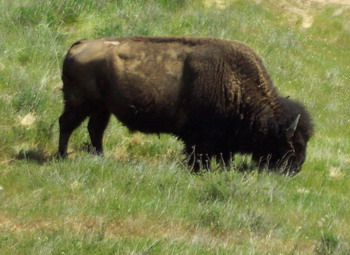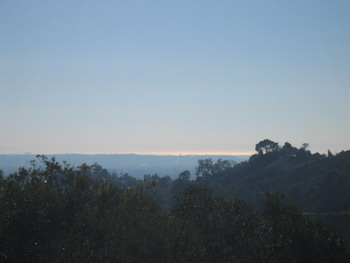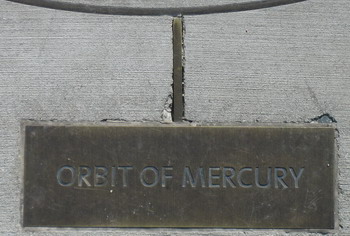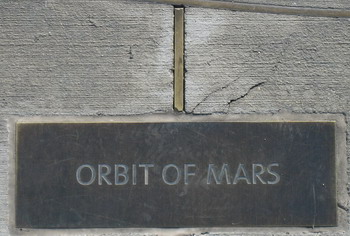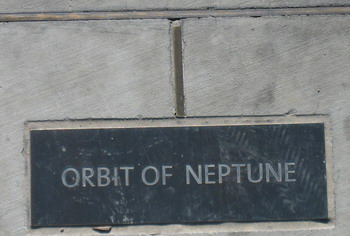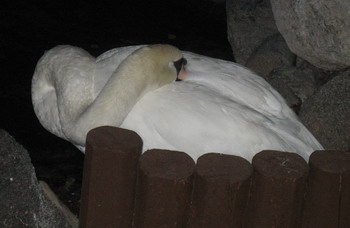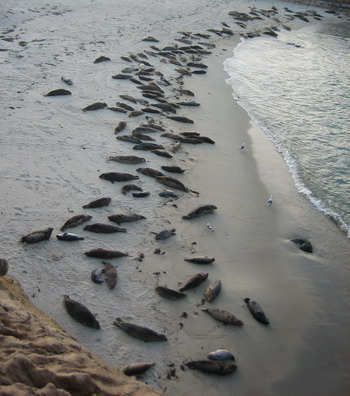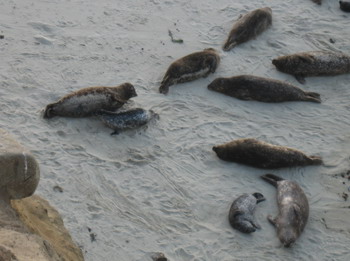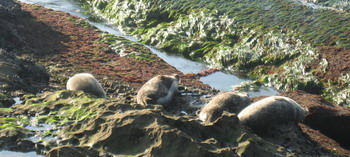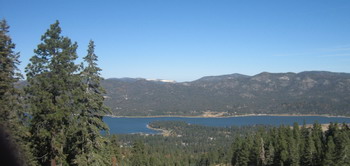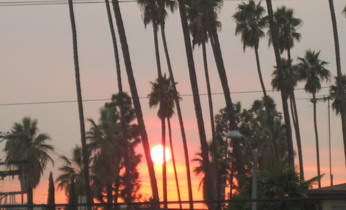About the last thing I expected to see on Catalina Island were bison. Right – I had not done my homework, otherwise I would have been aware of this story:
1924 a herd of 14 bison were transported to Catalina Island to act as extras in a silent movie (“The Vanishing American” ). After filming was done – and here the reports get a bit sketchy – the film company either left the animals on the island for cost reasons or because they could not round up the bison again to take them back. Be that as it may, the bison stayed and became a tourist attraction. They also multiplied and became reason for concern: The eco system of Catalina Island is rather fragile and was and is not set up to support several hundred bison, happily munching away on rare plants indigenous to the island.
Now and then some animals were taken off the island, but the herd grew to around 350 head – too many to stay there. At this point the Catalina Island Conservancy came up with the plan to return some of the animals to their home, home being the Great Plains. But would they survive there after 80 years in sunny California? Very quietly a herd of about 50 head were taken off the island and sent to the land of the Cheyenne, who were partners in this experiment. Surprisingly enough the bison adjusted within weeks to the different weather conditions, grew a nice thick winter pelt and thrived on the more nourishing grass of their old home.
After this test run, both the Conservancy and the Indian tribes knew that the repatriation would not harm the animals. With the help of the Morongo Band of Mission Indians and some others, in 2004 funding was found to round up 100 bison, ship them to the mainland and transport them by truck the roughly 2,000 miles to South Dakota to the land of the Lakota tribe.
A short video can be seen here.
There are still bison on Catalina Island, a herd of about 150 animals. The island can sustain this many and for the visitor it is a wonderful experience to see some of these remarkable animals in the wild without having to travel 2,000 miles.
